Sixty years on from my Test debut, cricket has changed for good – and bad

On June 4 it will be the 60th anniversary of my Test debut. A lifetime ago. It is a nice opportunity to stop and think about how much cricket has changed. Some of it for the better, some not.
In those days you found out you had been picked for England by tuning in to Sunday’s BBC 1 o’clock news on the radio. I had scored three hundreds before the first Test so knew I had a chance of being picked. Yorkshire were playing a Championship match at Leicester when it happened. There was a rest day on a Sunday even in county cricket. Alan Thompson, the northern cricket correspondent of the Daily Express, lived in Huddersfield and offered to drive me home on Saturday night so I could sleep in my own bed, then pick me up for Sunday lunch at his house before driving me back to Leicester that evening.
I was so naive and he was canny. He obviously had a strong inkling I would be picked for England so made sure I was at his house that day and arranged for a photographer to come along too! Alan had a picture taken of me playing cricket on the front lawn with his son Ian while the rest of the country’s cricket writers went spare looking for me. Thommo had a great scoop. Years later I said to him: “You b-----, you set me up.” Many times we laughed about it. Alan was smart.
The county match finished Tuesday night so I went home to get clean whites and by Wednesday afternoon I was at the Trent Bridge nets getting ready for an Ashes Test and meeting my England team-mates for the first time.
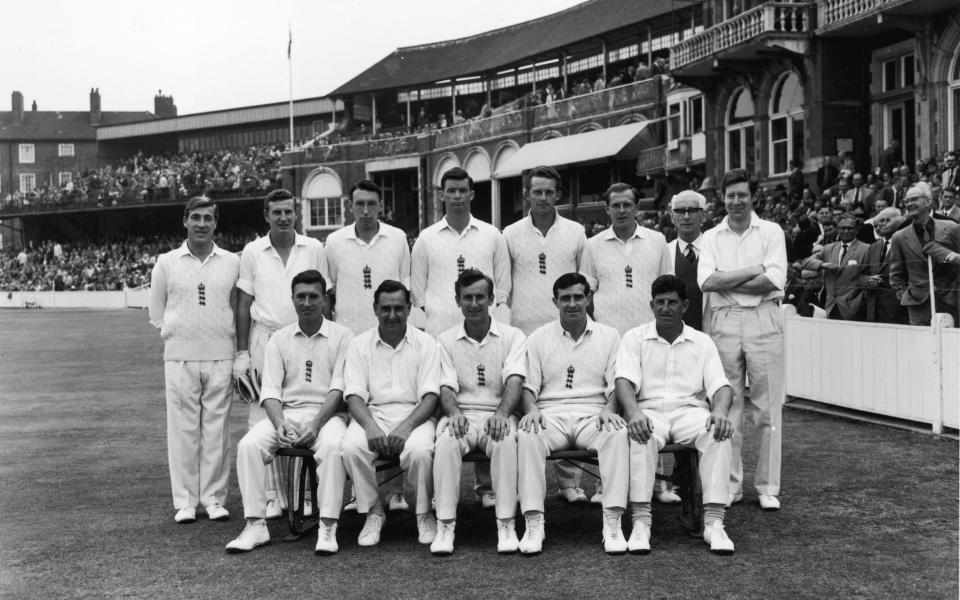
There were no Lions tours in those days or England pathway programmes. I didn’t know anybody in that England team apart from my Yorkshire colleagues. At the pre-match dinner on Wednesday night, this little fella came up to me and introduced himself as Walter Robins – the chairman of selectors. I had no idea who he was.
He said he would give me two matches for certain and would like to give me three but had a Test series to win so we would see how it goes. It was a wonderful thing to say. It gave me so much confidence because I knew I would be given a proper chance rather than judged on one game or one innings.
After the selectors left the dinner we had a pre-match meeting at which Ted Dexter, the captain, spoke about how we would bowl at their batsmen. They had a formidable line-up – Bill Lawry, Bobby Simpson, Ian Redpath, Norm O’Neill, Brian Booth and Peter Burge. Fred Trueman, with a few chosen words, had them all out in no time. “Simpson? Couple of outswingers then a nip backer and he’ll be gone. Lawry? A couple of bouncers, a yorker and it’ll be good night vicar.” In his head he had five for nought in no time. That was our Fred.
‘There was no cap presentation’
My match fee was £100. There was no cap presentation, or speeches by former players like there is today. Today it is a big thing. I was just handed a cap and sweater in the dressing room. I can’t even remember by whom, which shows how unimportant it was in those days. Society was a lot less sentimental then than it is now. Today it is a big thing. I didn’t have a car then so my mum couldn’t come to Trent Bridge to watch. TV was in its infancy with poor quality black-and-white pictures, but we couldn’t afford one anyway so Mum and Dad had to listen on the radio.
We had only 12 players at the match – two spinners if England needed them – rather than the big squad of 15-plus like today. John Edrich trod on the ball in practice and overnight his foot became swollen so he could not play. England had to pick all five bowlers and Fred Titmus as a stand-in opening batsman.
Fred was my partner and I didn’t know he was deaf in one ear. I pushed a single to the on-side and called for a run but he didn’t react because he couldn’t hear me. Neil Hawke ran across, picked up the ball. Meanwhile, Titmus panicked and stumbled while Hawke threw it into Wally Grout behind the stumps. As Titmus was just getting up off his backside Wally held the ball over the stumps and then threw it back to Hawke, refusing the run out because Fred had slipped over as he was impeded by Hawke. It was great sportsmanship.
I thought of that during the Jonny Bairstow incident at Lord’s. Wally was a tough old b------ but he played fair. He did not even consult the captain, Bobby Simpson, and he could have run Fred out but just tossed it back. I played with great, tough Aussies but in the heat of the moment that generation of Australians instinctively knew right from wrong and how to be sportsmen. At Lord’s last summer with Pat Cummins and his team it was win at all costs – he didn’t understand the phrase “it’s not cricket”.
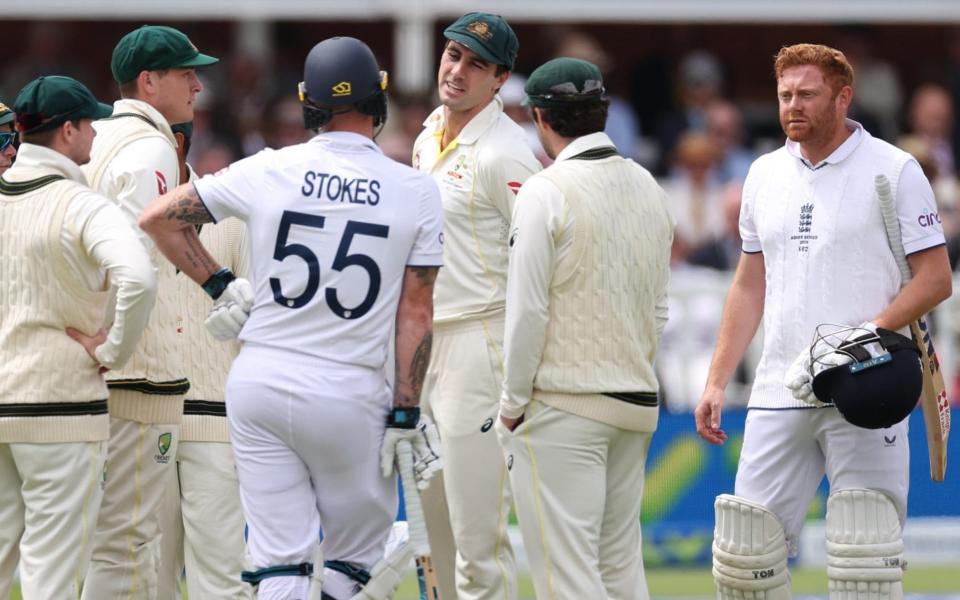
After the Sandpaper incident in Cape Town in 2018, which reflected badly on Australian cricket, there was a golden opportunity to show the world true Australian sportsmanship. Sadly, unlike Wally Grout, Pat Cummins took the wrong option.
The press had written a lot about me before my debut, and it was well known that I liked a quiet moment before batting to collect my thoughts. The Australians, having read that, kept popping into our dressing room to have a chat and try to put me off. It was childish really. Anything to get an edge but it was wasted on me because nothing affected my concentration. The Aussies like a bit of gamesmanship and that is acceptable.
‘They only covered the pitch when play was called off ’
The biggest change is uncovered pitches. It was overcast and murky at Trent Bridge and I got to 23 not out on day one when it rained and there was no play for the rest of the day. I sat there watching the rain come down. The only covering was on the bowlers run-ups and follow-through, not on the pitch. They only covered the pitch when play was called off. It was madness.
Looking back now you think, ‘What was going on’? When we came back the next morning the pitch was wet through and the ball took off. Graham McKenzie hit me on the hand, and I didn’t realise at the time that I had broken a finger. I stubbed it in the ground later when fielding and missed the next Test as a result of McKenzie hitting me with one that lifted off a wet pitch. I was happy to top score with 48 before being caught by Simpson off Grahame Corling, who would cause me problems throughout the series and make me quickly alter my technique.
By the time pitches were fully covered in 1979 I was in my 39th year and way past my best but I thought Christmas had come early as I averaged 100 that summer in first-class cricket. Today, pitches are much better prepared. Dickie Bird got it right. When they decided to cover pitches he said to me: “There should be two sets of statistics. One for uncovered pitches and one for covered pitches because it is a totally different way of playing.”
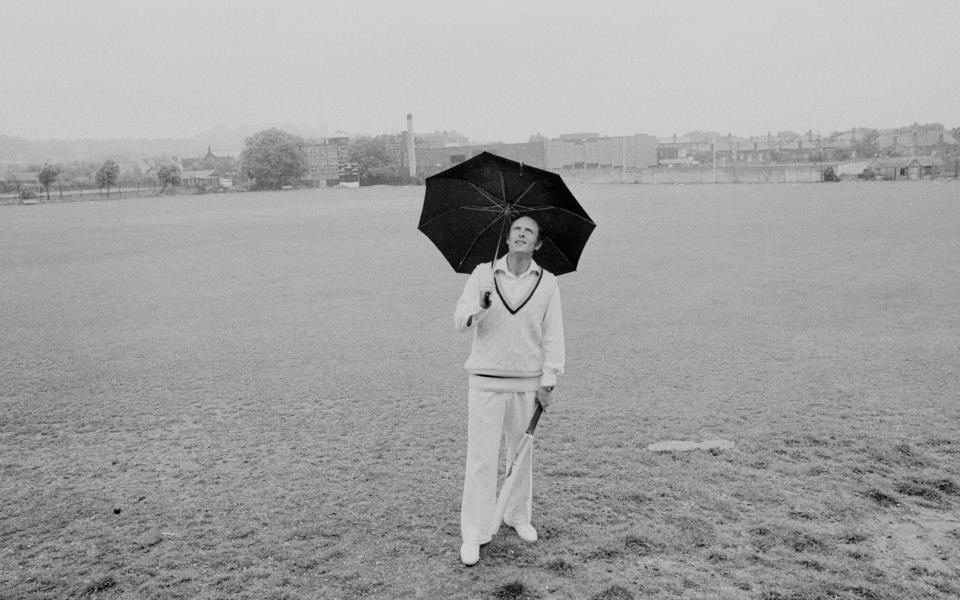
These days with big bats and dry grass-less pitches the first thought for the Bazballers is to whack it and score runs. Great, I love watching it. But for us we had to concentrate on technique and staying in. At Yorkshire we played on seven club grounds. The pitches were good for club cricket on a Saturday afternoon but over three days with better county bowlers many of them seamed or turned and if it rained they did all sorts of things.
‘No helmets sorted out people short on courage’
Helmets have changed the game too. They take away the fear factor of fast bowling. We were taught as youngsters to look at the ball at all times even when you duck, weave or sway. You had to choose carefully when to hook because if you got it wrong you would end up in hospital with a serious head injury. It sorted out people short on courage and those who were not good against fast bowling. Nobody wants to see head injuries in cricket but when you take away the threat of a fast bowler hurting you then moderate batsmen can look better than they are. I’m glad players are safe but a great fast bowler racing in and batsmen hopping about is a fantastic sight we must not lose because of too much health and safety.
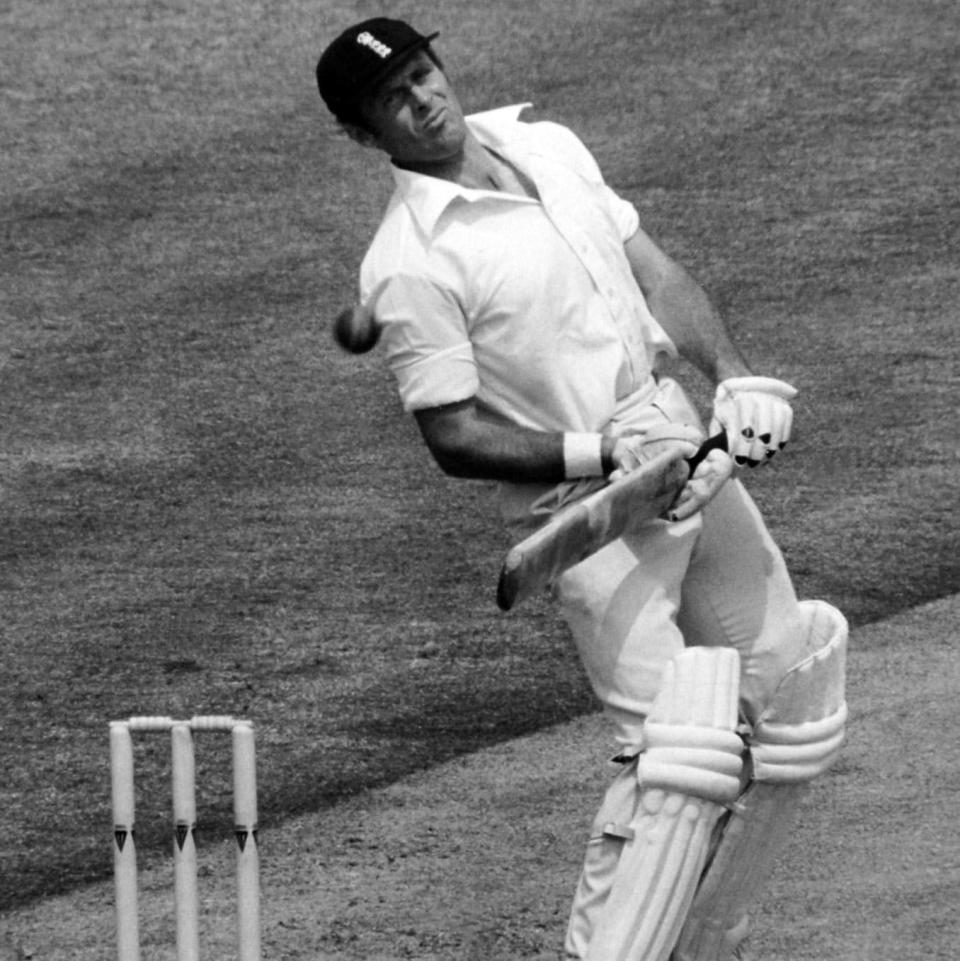
The other change is bats. My bat was 2lb 4oz. It was very difficult to hit over the top because you had to connect perfectly. Even great batsmen did not hit sixes. Donald Bradman only hit six sixes in 52 Test matches and he was twice as good as anyone else who has played the game. Hitting over the top was frowned upon by many coaches as it gave bowlers an opportunity to get you out and I certainly wasn’t going to do it on my Test debut. Neville Cardus said: “A cricketer is what his period and environment makes of him and he reacts and plays accordingly.”
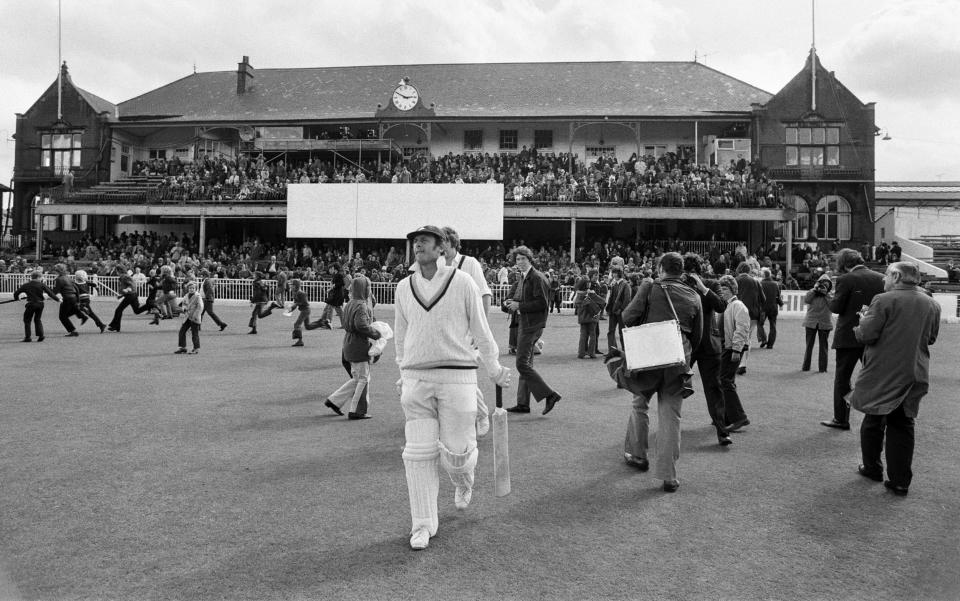
Now bats are so much bigger everyone can bash the ball further and Ben Stokes has hit 128 sixes in 102 Tests. The Indian Premier League makes young men millionaires overnight and T20 encourages young kids to attack. I have never been against T20 because I understand it brings enjoyment to a different set of people to those who love Test cricket. Cricket is supposed to be fun for players and spectators and T20 is here to stay. We had nothing like it. When people say to me how would you have got on, I say we all adapt. I would have loved to have played it. Like every other young kid I would be running off to India with three empty suitcases to fill them up with money!
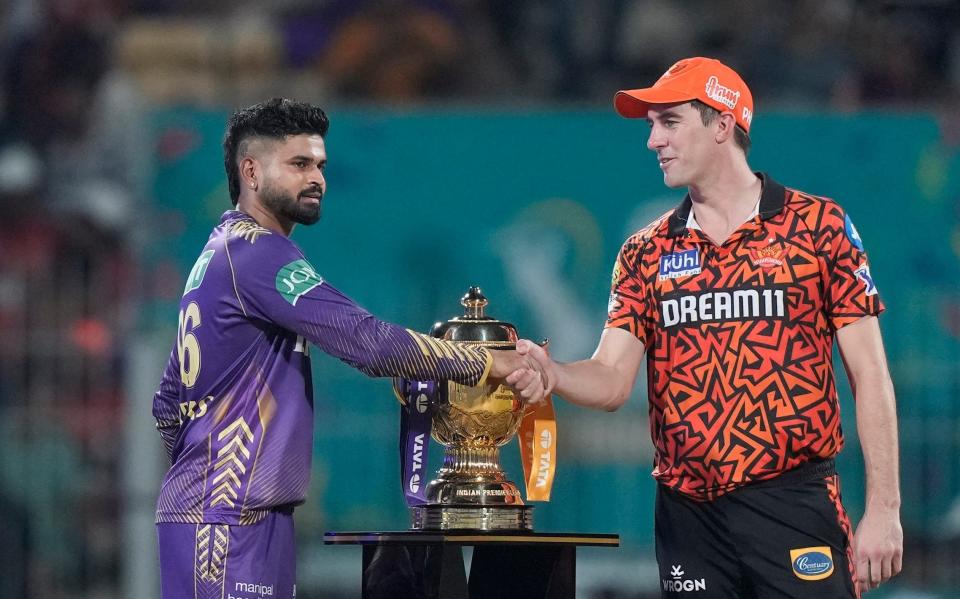
When the ball swings the young batsmen of today do not play it as well as we did but they are better at attacking shots because that is their environment. If Harry Brook had been born 50 years earlier, he would still have been a top player. He would just have been a different player. The talent is the same.
‘We were encouraged to be thinking cricketers’
There were no coaches at county matches or Test matches to help us. Once the pre-season April practices were finished you were on your own having to see to your own fitness and many times during a season organise your own practice bowlers. It encouraged us to be a thinking cricketer and a thinking cricketer is a better cricketer, plus it made us self-reliant and self-disciplined. That was a good thing as we could not rely on anyone else.
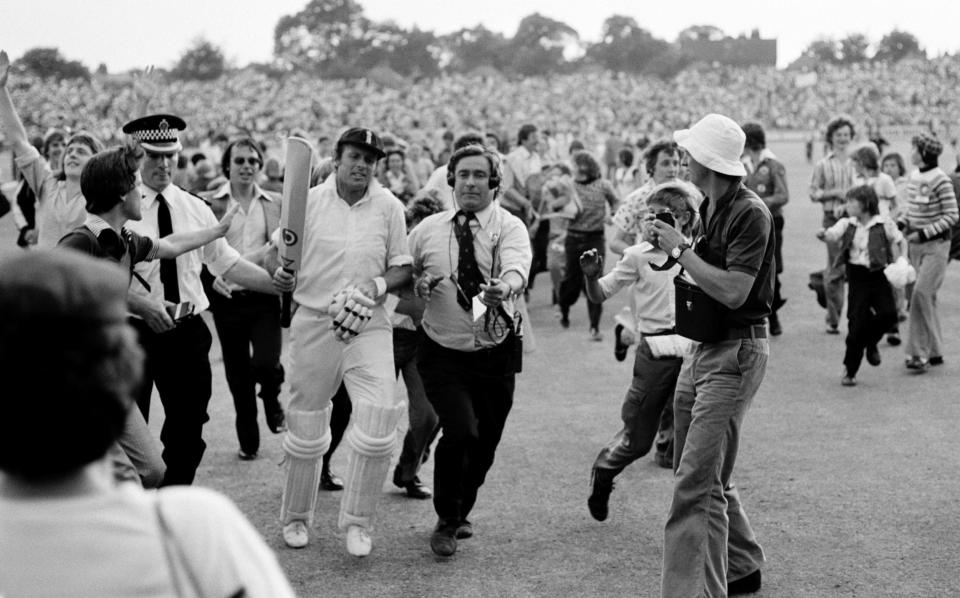
But I would have loved all the analysis they have today, which is brilliant. You see batsmen get out and straight away look at their innings on an iPad with a coach and see where they went wrong. When I got out I had to ask a team-mate his opinion on what mistake I had made. In my era we had no way of knowing whether it was your own fault or a bad umpiring decision.
The one thing that has not changed in 60 years is players get nervous, but I believe it is important to have nerves. Anyone who says they are not nervous is either a liar or an idiot. You are nervous because you care, you don’t want to fail or embarrass yourself. All those feelings go through your mind. The best players channel that nervous energy into performing well. The lesser players let nerves get the better of them and it hinders their performance.

 Yahoo News
Yahoo News 
